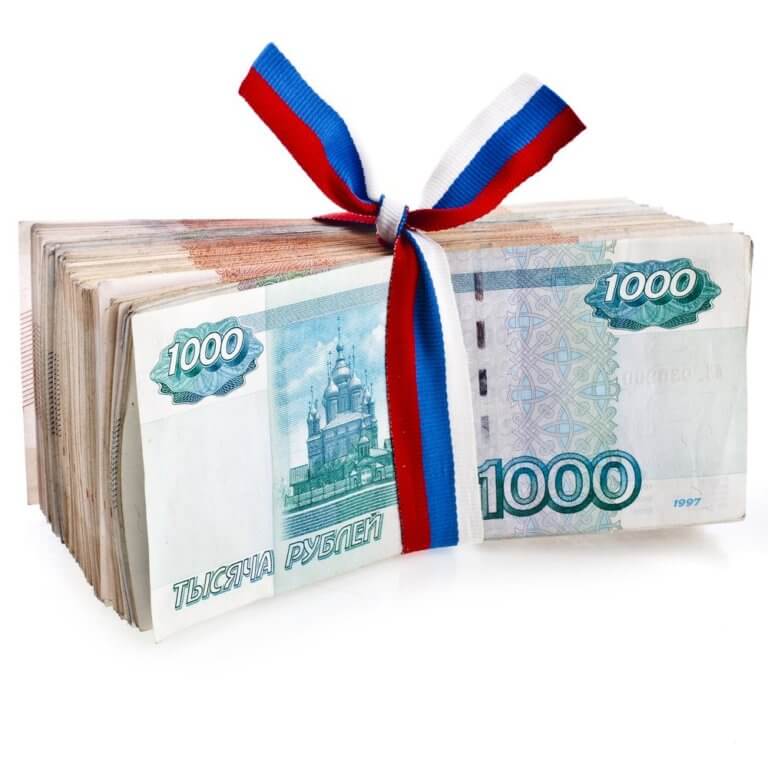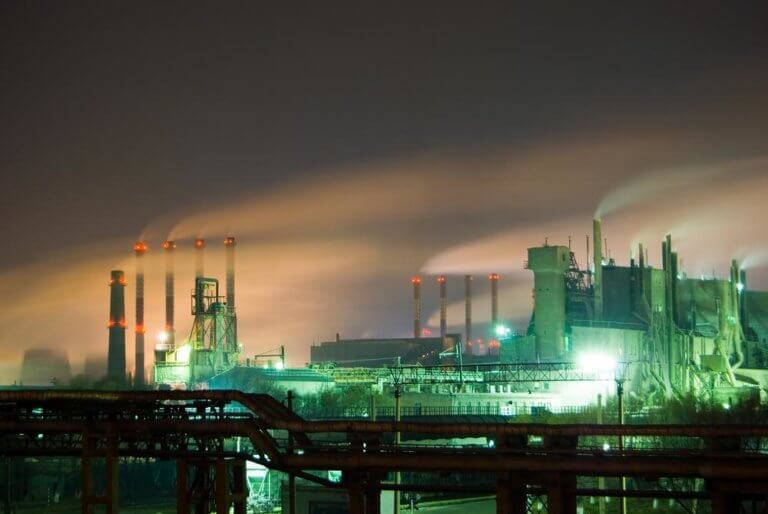Title Here
-Megadeals dominated; 94 high-value global deals over GBP5billion, an 81% increase on 2013;
-Hostile bids increased by 600% from 2013 to 2014;
-Cross-border M&A transactions were at their highest level since 2007;
-Leading sectors were TMT and Life Sciences, closely followed by Energy which had a strong Q1;
-The U.S. and Western Europe, followed by Asia Pacific, were the most active M&A markets; activity in CIS and CEE slowed as a result of the Ukraine crisis.
The prospects for a continued recovery in 2015 are dependant, in part, on the macro-political environment, (in particular (i) what happens in Greece and its effect on the Eurozone more broadly, (ii) Russia, (iii) the general election in the UK, and (iv) North Korea), as the economic fundamentals are sound and there are strong cash reserves on balance sheets, historically low interest rates and relatively stable equity markets.
For the calendar year 2014 there were 3,282 deals overall, worth a total of USD3.12 trillion*, compared with 2263 deals worth USD1.83tn in 2013.
The two regions that drove strong growth in M&A were the U.S and Western Europe, despite the sluggish economic environment in the latter. The U.S accounted for 34% of all activity by volume and 45% by value. The UK was the number one target for U.S outbound acquisitions with a total of 65 transactions, followed by Canada with 28 and Germany with 20. A majority of the deals in the U.S were completed by strategic investors to either extend their portfolios or bolt on new areas of growth.
Despite inconsistent economic growth in Western Europe, overall transaction values were up by nearly USD400bn compared with the same time last year to reach a high of USD863bn. The success was driven by strong Life Sciences and TMT sectors. The UK saw the biggest deal in the insurance industry for 15 years in Q4 with Aviva buying Friends Life for GBP5.6bn. The outlook in Europe is for a diverse M&A market with key deals in 2015 expected in a number of sectors, assuming concerns regarding the macro-political environment do not have a negative effect.
Activity in CEE and the CIS slowed dramatically due to Russia’s economic uncertainty in light of the Ukraine crisis. Transaction volumes were a tenth of their 2013 levels totalling just USD4bn. Russia’s economic situation looks stark as it heads into expected recession this year with a tumbling oil price expected to impact investor confidence, at least in the short-term, and the political uncertainty and sanctions continue.
Across the board, the Life Sciences sector played a central role in propelling overall M&A activity to pre-crisis levels. The value of deals totalled USD530bn and was driven by tax inversion strategies, patent cliffs, companies making strategic disposals and using cash on their balance sheets to invest in smaller biotech companies with active drug development pipelines. The return of the white knight bid was evidenced in the largest deal of the quarter with the USD65bn bid by Actavis for Allergan.
In 2014 Private Equity funds became more active, particularly in the Life Sciences space. While exits remain the priority, more significant buyouts are starting to return. However as larger, strategic deals build momentum, PE funds remain cautious and are unwilling to compete with strategic players paying premia.
TMT businesses around the world are in a state of transformation, and 2014 was a year in which game-changing deals took place. The prospective ramifications of the GBP12.5bn tie-up between BT and EE go beyond the UK at a time when consumers across the world want access to high-quality content irrespective of the device they are using. As delivery systems fragment, many content creators see the benefit of joining forces, evident in the Apollo Global Management and 21st Century Fox joint venture that brought together Endemol, Shine Group and CORE Media Group.
There is optimism for a buoyant 2015 M&A market with continuing strong cash reserves and confidence expected to spur on activity, underpinned by privatisation strategies in a number of markets including Europe and Asia Pacific. With confidence comes increasingly hostile and competitive bids, which was a feature of 2014 that is likely to remain. Shareholder activism will also be part of the deals landscape ahead, not only in the U.S, while the closure of the inversion loophole will see tax-driven deals dry up.
Andrew Ballheimer, Global Co-Head of Corporate at Allen & Overy, commented: “2014 saw the much anticipated return of M&A come to fruition. CEO confidence, relatively cheap financing and low interest rates drove a number of mega, transformative deals. These conditions, along with increasing numbers of hostile takeover attempts, and positive shareholder reaction to M&A, should remain key drivers for deal activity, but there remains uncertainty in the macro-political environment, which may inhibit deal flow.”
The M&A Index provides market insight and commentary by Allen & Overy partners, backed up by independently commissioned quarterly research on (USD100m ) global M&A deal types and analysis of top global outgoing buyers and target markets.























